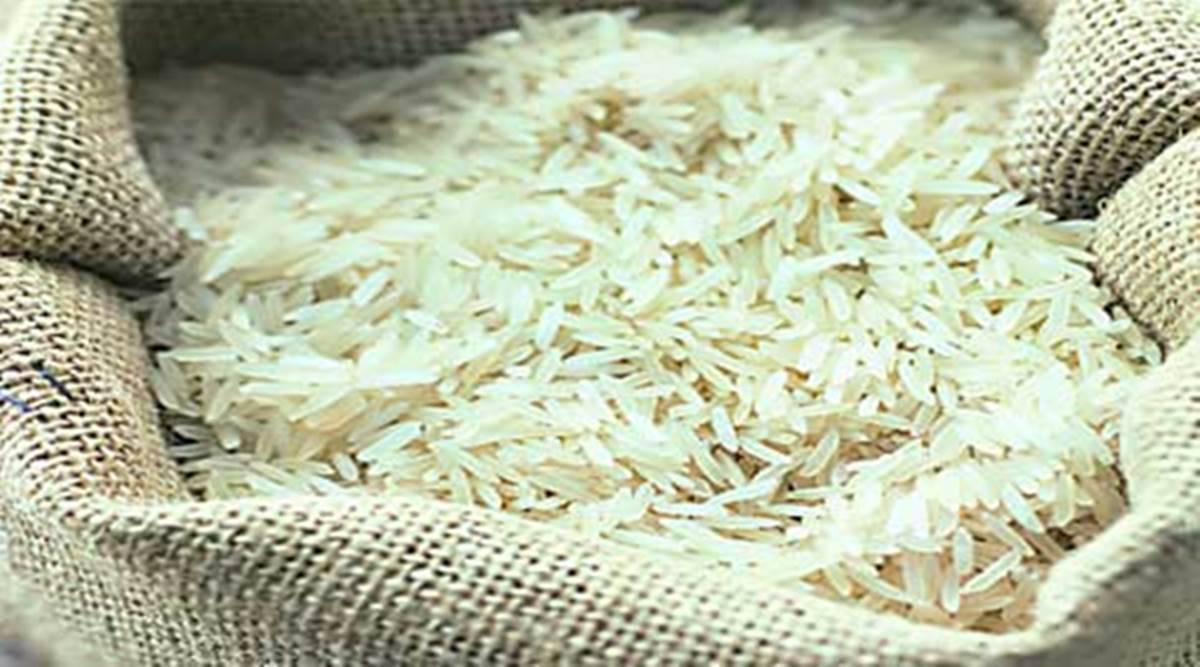Most diabetics are in a quandary about how much carbohydrate they can eat and whether they can have what they know, rice and wheat. However, it is true that diabetics also need carbohydrates, but their quality and quantity must be monitored, preferably complex variants that take time to break down into glucose in the body and avoid sudden changes in sugar.
“For a person with diabetes, 40-45 percent of the total kilocalories for the day should be covered by carbohydrates,” says Dr. Sonia Gandhi, director of Fortis Mohali’s Department of Clinical Nutrition and Dietetics.
So how much rice can a diabetic have? “A diabetic person is allowed to have at least 30 grams of (raw) rice. When compared to a 30g wheat chapati, which has the same carbohydrate content, the rate of glucose absorption from rice is higher. According to the serving size list issued by the National Institute of Nutrition, one serving size counts for 30g of uncooked rice or any other grain-based product,” explains Dr. Gandhi, adding that reading food labels is important to know the calories and nutrition of a food.
As for the total amount of carbs or calories a person can take in all day, the value, she says. it depends on an individual’s height, weight, exercise patterns, and medication dosage. A doctor and nutritionist, she says, can determine the correct amount of carbohydrates/calories a person with diabetes can consume to maintain normal blood glucose levels, which is possible by eating small portions of carbohydrates at regular intervals.
THE RIGHT SERVING OF RICE
According to Dr. Gandhi, it is never recommended that a person with diabetes should avoid carbohydrates entirely. The quality and quantity of carbohydrates must be considered. “Complex carbohydrates like whole grains, pulses, legumes, fruits and vegetables are always recommended instead of simple carbohydrates like sugar, maida, potatoes, banana, brown sugar, honey, juices and processed foods. Based on the serving exchange, 30 g of rice gives 20 g of carbohydrates. A controlled amount and complex form of carbohydrates in g based on calorie requirements and distribution is recommended for a person with diabetes, because glucose, the product of carbohydrates, increases blood sugar levels after digestion and the absorption. Therefore, 30g of uncooked or uncooked rice counts towards a serving size,” explains Dr. Gandhi.
IS BROWN RICE BETTER?
Brown rice, says Dr. Gandhi, has more fiber content (1.8 g), compared to plain white rice (0.4 g), making it a better alternative. “But there is not much difference in the amount of carbohydrates between white rice and brown rice. Although you have to take care of affordability ”. Enriching the rice with vegetables and legumes and combining a serving of rice with beans increases the nutritional value of the meal. “Plain boiled rice can be modified by adding more vegetables in the form of khichdi/pulao or just replacing it with some whole grains like oats, whole wheat, jowar or bajra.”
In addition, people who follow a diet must take into account the glycemic index (GI) of foods. The GI is a scale (from 0 to 100) that quantifies how quickly the body converts carbohydrates from food into glucose and the impact on blood sugar levels. Desserts, soft drinks, cakes, pastries, and pies made with white flour (maida) convert more quickly to glucose than complex carbohydrates. “Rice has been classified in the high glycemic index range, meaning 70 or higher.”
TIPS FOR SELECTING RICE
When choosing rice, Dr. Gandhi says, care must be taken for colour, texture, aroma, contamination, adulteration and overall quality from a nutrient perspective. “Choosing healthy rice is when one is aware of the extra nutrients added, like fiber, extra vitamins, and a few other trace elements.”
nutritional value of rice
A 100 g serving of rice gives:
Energy: 130 calories
Protein: 2.7g
Fat: 0.3g
!function(f,b,e,v,n,t,s)
{if(f.fbq)return;n=f.fbq=function(){n.callMethod?
n.callMethod.apply(n,arguments):n.queue.push(arguments)};
if(!f._fbq)f._fbq=n;n.push=n;n.loaded=!0;n.version=’2.0′;
n.queue=[];t=b.createElement(e);t.async=!0;
t.src=v;s=b.getElementsByTagName(e)[0];
s.parentNode.insertBefore(t,s)}(window, document,’script’,
‘https://connect.facebook.net/en_US/fbevents.js’);
fbq(‘init’, ‘444470064056909’);
fbq(‘track’, ‘PageView’);
.
